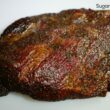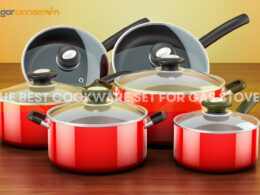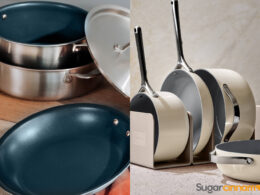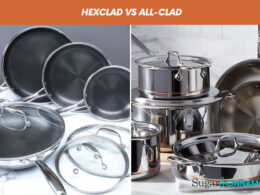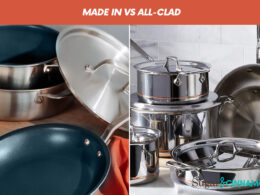Table of Contents Show
The microwave is a versatile and popular kitchen appliance, and while it can be used to cook almost all kinds of food, not every type of container should go into it. Some foods, beverages, and containers placed in the microwave can release toxins, burn, melt, or even explode. Silicone, on the other hand, is also a material many wonders if it can be put in the microwave.
Silicone is made of inert substances, and cookware happens to be a common one in the kitchen. Many people have begun to rely on this miracle material because it can single-handedly handle any kitchen task. Unlike most plastics, it does not contain toxins and is very affordable.
Yes, it is entirely safe to put silicone in the microwave. This material is heat resistant and does not contain harmful toxins like other materials such as plastic. Also, another reason this is safe to put in the microwave is that it won’t melt or burn, but there are still some safety precautions you have to put in place and also ensure you are buying the food-grade silicone.
Silicones are pretty popular; from the pot holder to the bakeware, they can come in handles. However, knowing how the microwave is electric and the dangers associated with using the wrong container inside it, you have to ensure silicone is entirely safe to use in it.
Food Grade Silicone Explained
The food-grade silicone ingredients are inert materials, meaning that none of these materials used in making the silicone will leech into your food. The food-grade silicone cookware is perfect for all kinds of kitchen cooking, they are safe for baking as well.
When buying your silicone, you have to ensure it is 100% silicone; this is because if there are any fillers in this bakeware, it can easily compromise their durability.
Silicone is non-reactive, which means that it will not interact negatively with other chemicals, and this also means it is stable. Another reason silicone stands out is that it can withstand extremely high heat from 76 to 446 degrees F. Silicone is unsurprisingly the best choice for many kitchen tools; this is why there are many wide varieties of silicone cookware.
No health hazards are associated with silicone cookware, and according to many experts and authorities, silicone is completely safe for food use. Generally, it is heat-resistant, freezer-safe, and oven safe.
Some benefits of food-grade silicone:
- It is durable and will not break when dropped
- Silicone is non-stick bakeware and odor resistance
- It comes in varieties of fun colors
- It is quite affordable
- Flexible, scratch resistant, and bendable
- Silicone is microwave and oven safe
- More environmentally friendly and non-toxic.
Is It Safe to Put Silicone In The Microwave?
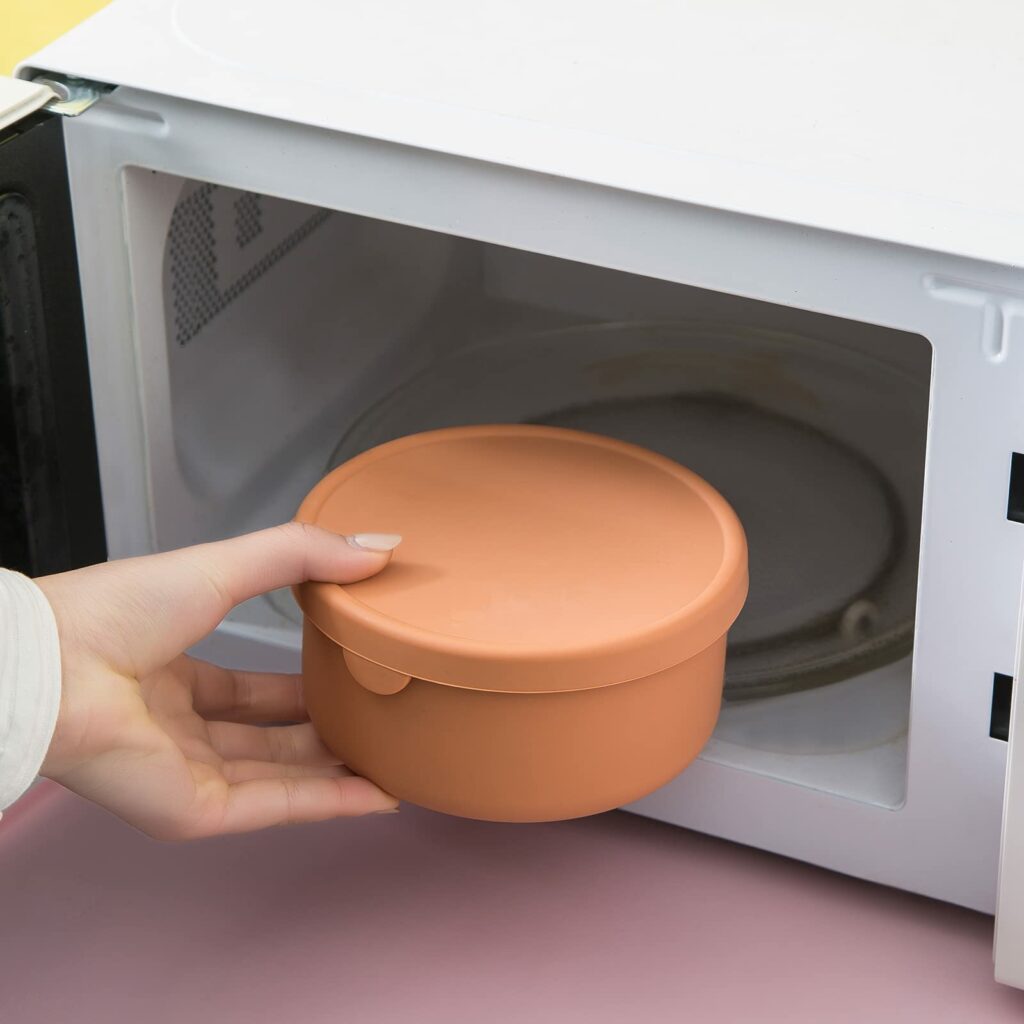
It is safe to put silicone in the microwave; it won’t melt or burn. It’s completely safe to be used in the microwave provided it’s 100% food-grade silicone, and it can withstand high temperatures but avoid exposing it to high temperatures for too long. You can microwave all kinds of silicone utensils, but be careful as some utensils may contain non-microwave-safe materials like plastic handles or metal.
Also, silicone won’t leech into your food like plastic materials, and you can take it straight from the freezer into the microwave without the fear of damaging your dish or breaking like plastic or glass. Silicone bakeware is great for your day-to-day baking and uses in the microwave, but for your safety, make sure you choose food-grade and high-quality silicone cookware.
Many bakers find silicone bakeware easier to use in the oven and microwave better than other materials because temperature changes won’t cause food-grade silicone to leech into your food. You can
One thing you must remember with silicone is that it sometimes heats up when in contact with food, so avoid touching the food-contact parts of the silicone to avoid burning your hands. Other than this, you can microwave all kinds of silicone utensils, including silicone cups, bakeware, and even bowls.
Safety Tips For Using Silicone in The Microwave
Silicone is not only safe for use in the microwave but also non-toxic to human health. It can be used in many ways outside the kitchen, so to ensure the one you choose is entirely safe, ensure it is 100% food-grade silicone without any fillers. Fillers can transfer odors into your food when heated, so avoid them.
Food might be harder to remove from silicone if it’s placed directly on the oven rack, so it’s best to have a baking sheet placed under the silicone; this will also keep whatever you are cooking stable before and after. Silicone is dishwasher safe, but food can stick to it if you overcook food in it.
If you find food particles sticking to your silicone cookware, place it in the oven at 350 degrees F for 10 to 15 minutes, then soak it in hot water, this should loosen the food.
While the extreme temperature of silicone is often boasted about, it won’t stand being exposed to an extremely hot temperature for a very long time. Avoid putting it in extreme temperatures for too long often to keep it in good shape for a long time.
How Long Does Silicone Cookware Last?
Silicone cookware can last a long time if it is adequately maintained. It is made from a synthetic polymer and created from a mixture of silicone; hence it has a higher tolerance to heat, and it won’t break, scratch, or shatter.
Check the silicone food grade coating, this will determine how long it lasts, and do not wash them with metal scrubbers either. Silicone cookware should last 5 years or more with proper maintenance.
The Bottom Line
Apart from ensuring that your silicone is 100% food grade then, you can go ahead and put it in the microwave; it is completely safe and won’t harm you or your family.
It can also be placed in the oven or freezer and washed in the dishwasher. Silicone cookware is a nonstick bakeware founded in the 1980s, and without a doubt, it’s a more suitable alternative to traditional nonstick cookware.
The silicone dish is really flexible; overall, the material has proven stable. It’s being hailed as the best eco-friendly material and can be easily folded without breaking or getting damaged. So, use it in your microwave to your heart’s content.








